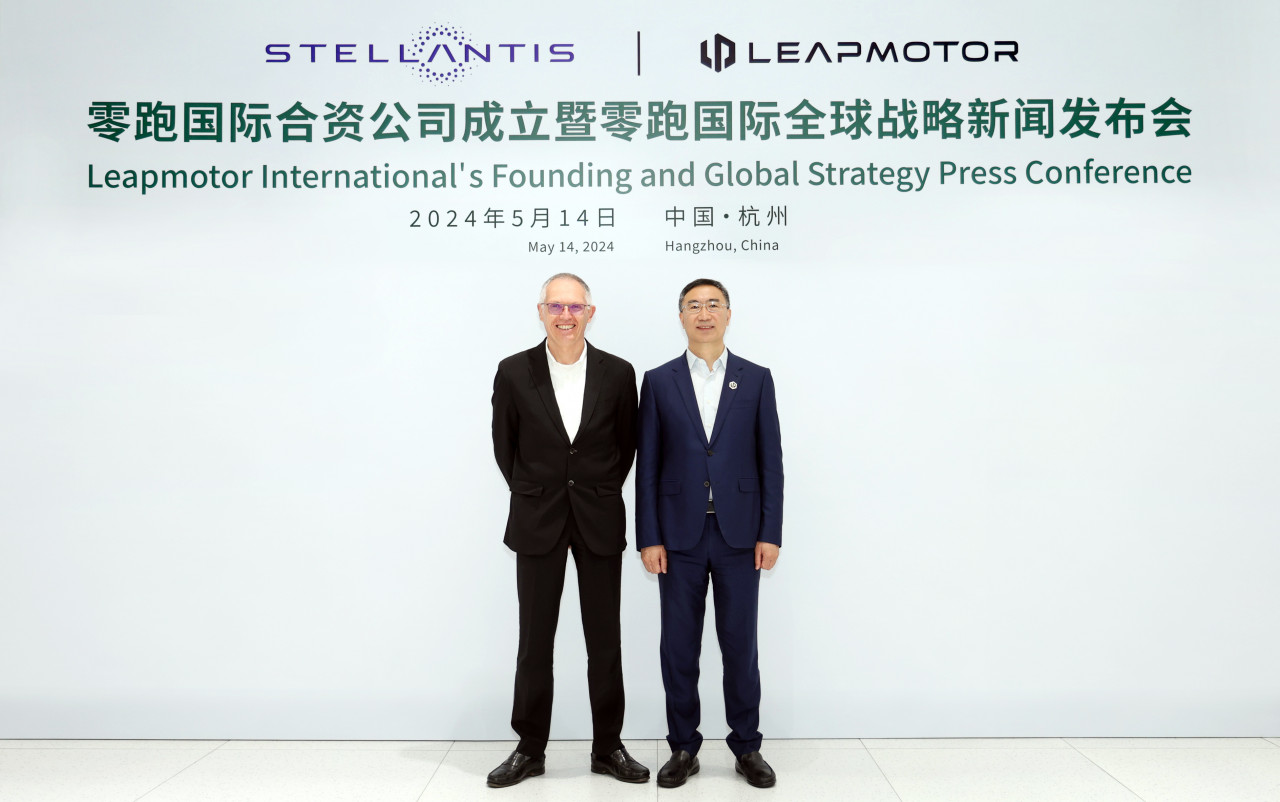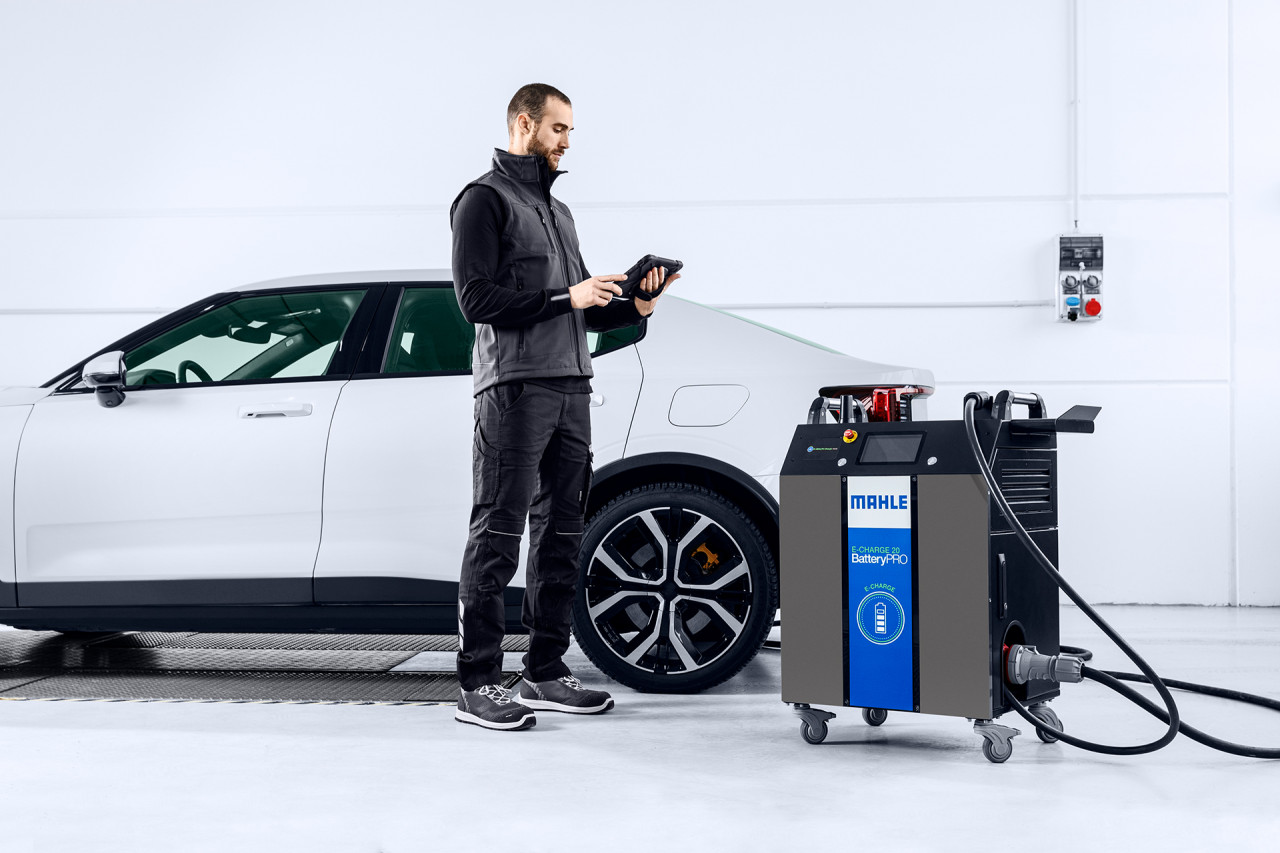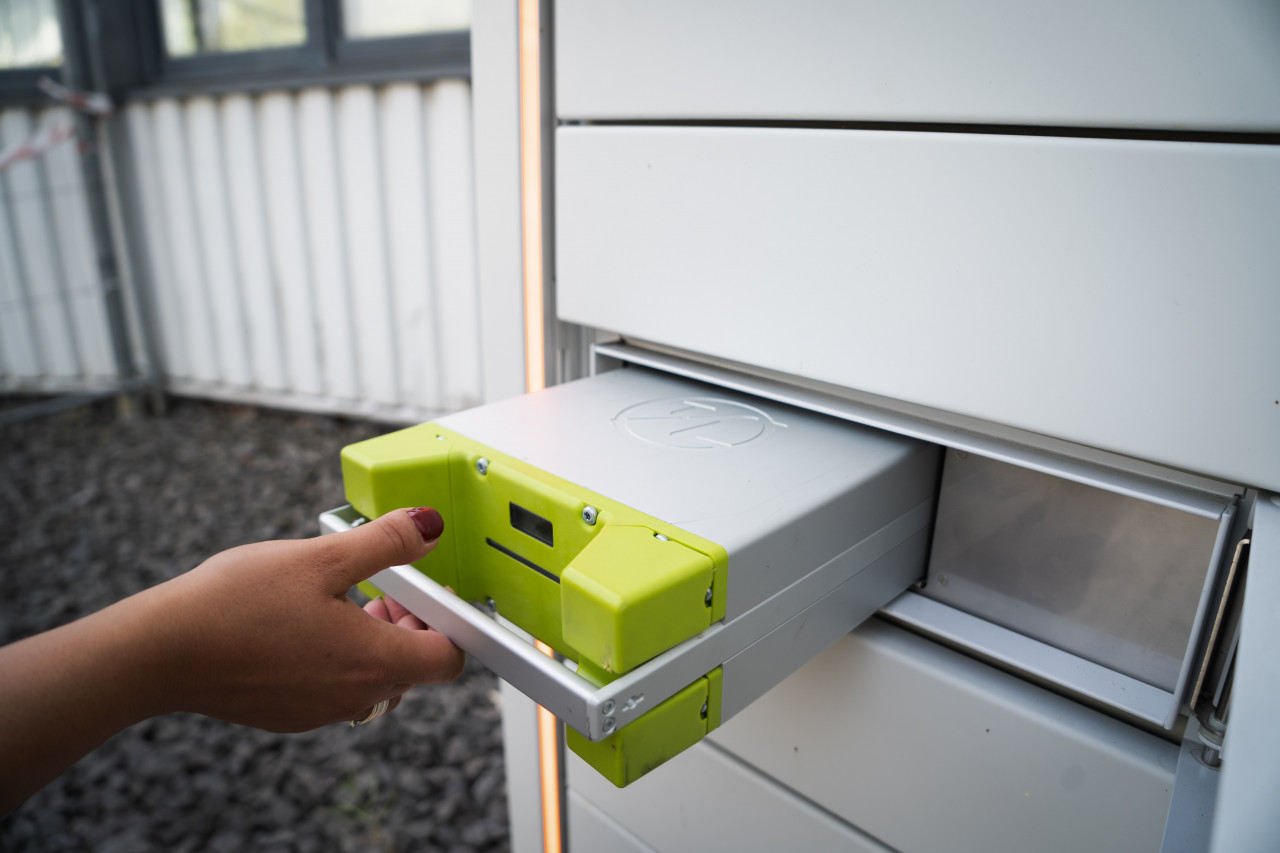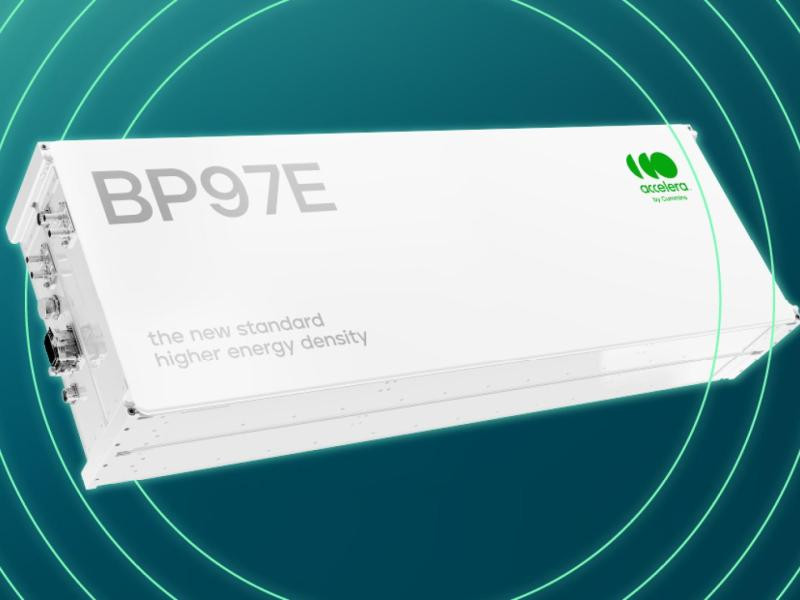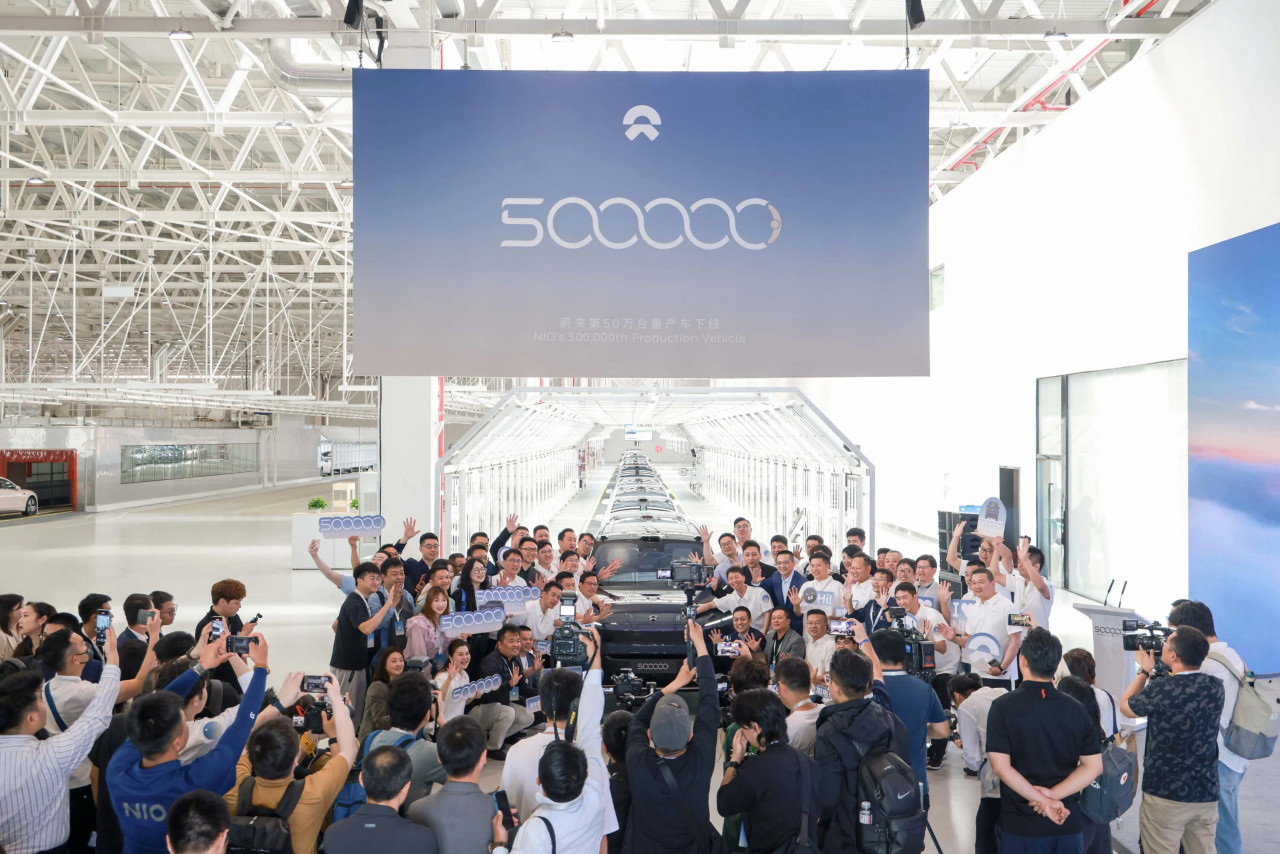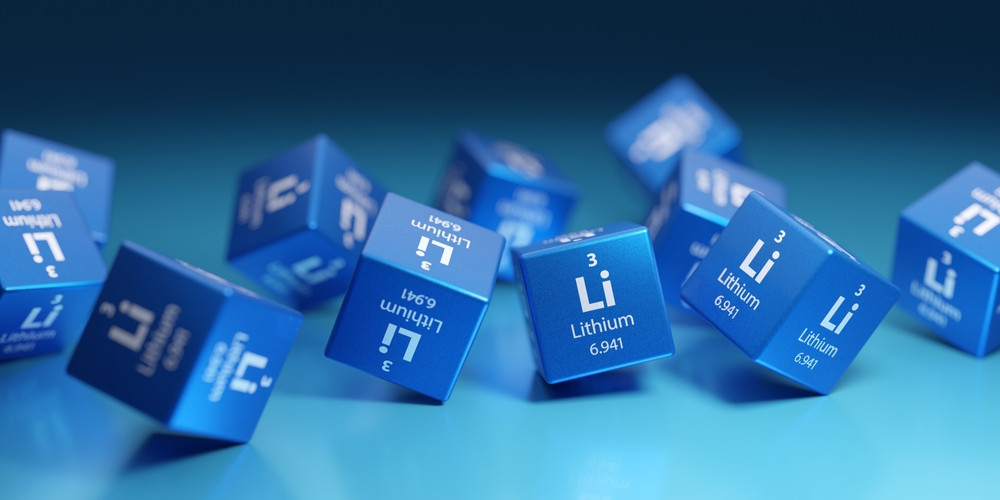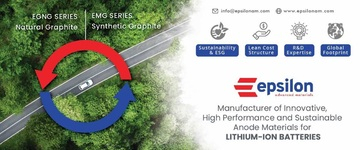FY 2021 - The year of expansion for the EV component market
The Indian government has taken the right steps to create an enabling ecosystem for EV adoption by promoting battery manufacturing, local supply chains, and building EV charging infrastructure. The focus should now be on speedy implementation.
Electrification of vehicles is the future of the automobile industry.
While the current electric vehicle sales in India remain less than 1 percent of the total vehicle sales as of FY 20, experts contend there is a massive scope of growth. Studies indicate the Indian EV component market will reach an estimated $12,957 million in 2026, reaching a CAGR of 28.3 percent from 2019-26 (GMK Research).
The above prediction is attested by the positive EV sales witnessed last year. This, even though the Indian automobile sector was grappling with a slowdown well before COVID-19 disrupted it further. The EV sales continued to rise across electric 2W, 4W, and e-buses segments.
Several factors have been responsible for the growth in the EV segment, the most prominent factors include:
- Aggressive policy push by the government of India in the form of Faster Adoption and Manufacturing of (Hybrid &) Electric Vehicles in India (FAME) scheme. Currently implemented FAME – II scheme along with other supportive policies expect to push EV penetration in India up to 30 percent for private cars, 60 percent for commercial cars, 40 percent for buses, and 80 percent for e-2W and e-3W by 2030.
- Phased Manufacturing Programme (PMP) that encourages localization of products and creates opportunities for setting up infrastructure across the EV value chain.
- The emergence of viable business models such as battery swapping, which address the issues of high upfront cost of EVs, range anxiety, and concerns of battery reliability and charging infrastructure in collaboration with private partnership.
- Production Linked Incentive (PLI) scheme for setting up domestic manufacturing in India for integrated battery and cell manufacturing giga-plants. The government announced PLI for 13 key sector (including Advanced Chemistry Cell battery manufacturing, automobiles, and auto components) and committed ₹1.97 lakh crore for over five years starting this financial year.
EV components sector set for expansion
In the Union Budget announced earlier this month, FM Nirmala Sitharaman did not announce any new policy directly impacting the EVs and EV component sector, however, industry frontrunners believe government's focus on infrastructure development, revision in duties, PLI scheme, voluntary Vehicle Scrappage Policy, increased outlay for MSME, and thrust on Innovation and R&D will serve as key enablers for EV and its component market.
"I believe 2021 will be a bounce-back year for the automobile industry, which will be largely supported by EVs," said Raminder Singh, MD of Schaltbau India. Schaltbau manufactures electromechanical components and critical safety applications such as main contractors for battery charging traction drive in EVs, charging stations for e-mobility, in battery test benches, etc.
Mr. Singh emphasized that despite the challenges of COVID-19 during 2020, the sales numbers of EVs were high in India. This was supported by many initiatives by the government, EV manufacturers, and other stakeholders, and is expected to bring optimization of costs in the sector.
"The theme of EVs is setting into the minds of people," Singh added. He was optimistic that FY 21 will lay a very strong foundation for EVs that will enable market expansion of EVs in the years to come.
Revised duties to boost local manufacturing
In the Budget 2021-22, FM Sitharaman also announced revision of duty on select auto parts. The FM proposed to hike customs duty on auto parts - like ignition wiring sets, safety glass, parts of signaling equipment - from 7.5-10 percent to 15 percent. Including parts of electrical lighting, windscreen wipers, instrument panel clocks, defrosters, and demisters.
Commenting on the revised duty structure, Deepak Jain, President of the Automotive Component Manufacturers Association (ACMA) said, "Increase in basic customs duty on select auto components will encourage local manufacturing of such items."
The government mentioned the said changes in basic customs duty were proposed for creating a level-playing field for the benefit of MSMEs and other domestic manufacturers.
"The auto component industry is dominated by MSMEs, and this will provide them the necessary succor as the industry recovers," Mr. Jain noted.
The MSME sector has been allocated ₹15,700 crore this year, double compared to the previous year.
Incentive-based vehicle scrappage policy
EV automakers suggest the voluntary vehicle scrappage policy will not only help in curbing air pollution on Indian roads, but the gains from the policy can also be maximized if incentives are put in place for replacing old vehicles with electric ones.
"The new scrappage policy will help accelerate the EV adoption in India," said Inderveer Singh, Founder & CEO of EVage – the Chandigarh-based commercial e-4W manufacturer. The industry is now awaiting the details of the policy from the Ministry of Road Transport and Highways.
Expansion of public bus transit a plus for EVs
The budget 2021 announced an outlay of ₹18,000 crore for public bus transportation services, along with the deployment of 'MetroLite' (light urban rail transit system) and 'MetroNeo' (unique eco-friendly mass transit system) for ease of mobility across Tier 2 cities and peripheral areas of Tier 1 cities.
"The allocation of ₹18,000 crore for the public bus transport services has come as a sigh of relief for the bus makers," said Nishant Arya, Executive Director of JBM that specializes in manufacturing diesel and e-buses in India.
"The proposed PPP model will, in turn, help the sector to create employment as well, and overcome the adverse effect of the pandemic," Arya commented.
Industry veterans anticipate the thrust on public transport services could potentially open up possibilities of providing last-mile connectivity around Tier 2 and peripheral areas of the cities via e-autos and e-rickshaws if the required support is provided by the government in setting up charging and swapping infrastructure.
Reducing import dependence via PLI
India being a price-sensitive market, the high upfront cost of EVs has been a major barrier to widespread adoption of EVs in the country. Lithium-ion batteries that power EVs, make up nearly 60 percent of the EV cost (along with the battery management technology). Currently, India does not have manufacturing capability for such products yet, and domestic EV component manufacturers rely heavily on imports from China. China, is the world's top producer of Li-ion cells accounting for majority of the existing capacity.
In November 2020, the cabinet approved the PLI scheme for faster growth of manufacturing capabilities in India in the ACC battery manufacturing and automobile and auto component sector. The EV industry is hopeful of becoming a net-exporter and reducing its import dependence through this scheme.
At present, the Indian auto component industry exports over 25 percent of its production; if there is an effective implementation of the scheme, it could help India capture a significant portion of the global trade.
The industry is now awaiting the details of the PLI scheme for the auto and auto-component sector.
Trends that will shape the EV market
The majority of the industry players believe the initiative towards local manufacturing of battery cells will stimulate growth in the EV market in India in the years to come.
"Overall growth of EV market will bring in benefits for manufacturers of other components of the propulsion chain," pointed Raminder Singh. The other most important factor will be the development of safety standards for each class of EVs. "This will bring in not only safety but also the quality and low life cycle costs for EV owners," he added.









